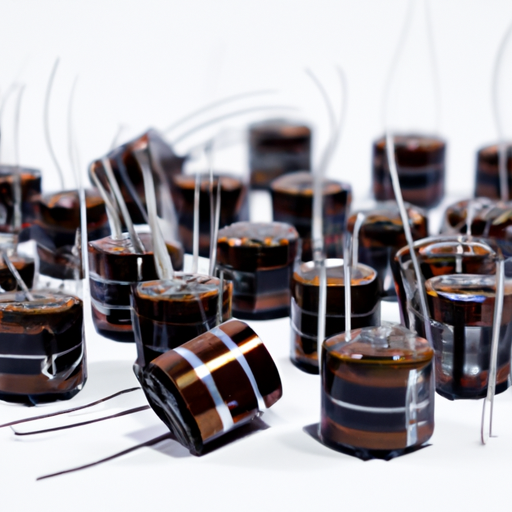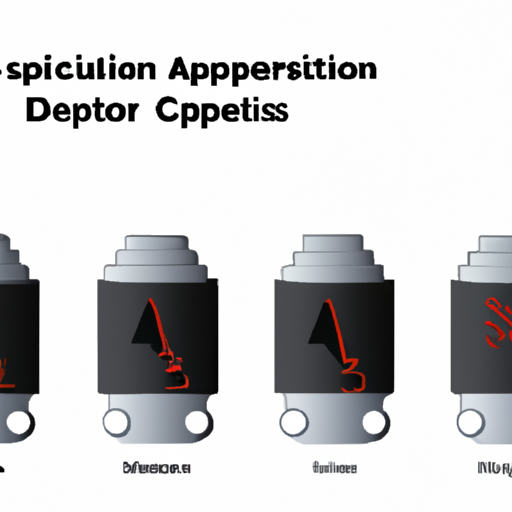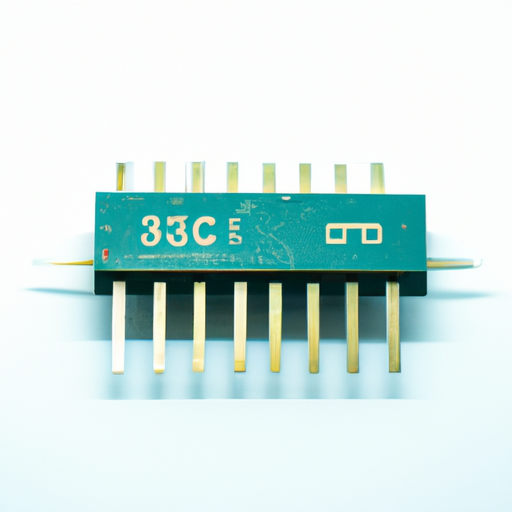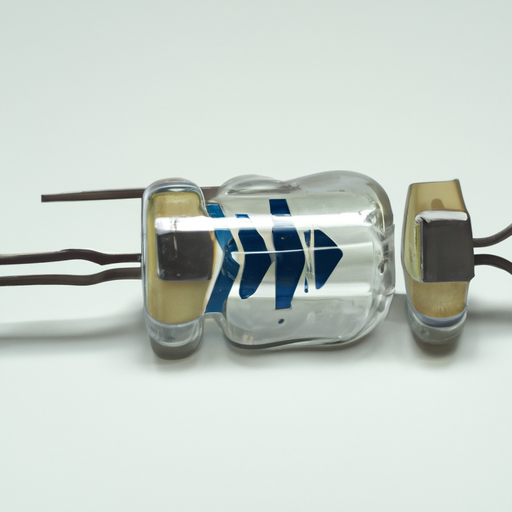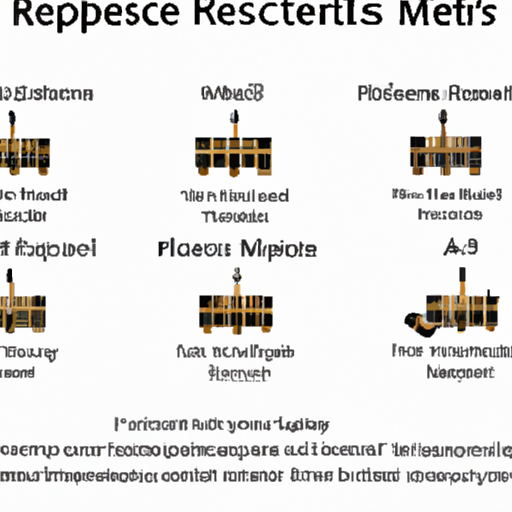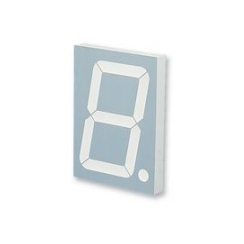S6008L Resistors highlighting the core functional technology articles and application development cases of Resistors that are effective.
Overview of S6008L Resistors and Their Applications
The S6008L resistors are a specific type of resistor that can be utilized in various electronic applications. While detailed articles or case studies specifically on the S6008L may not be readily available, we can explore the core functional technology of resistors in general and highlight effective application development cases that demonstrate their importance in electronic design.
Core Functional Technology of Resistors
1. **Basic Functionality**: Resistors are fundamental components in electronic circuits, primarily used to limit current flow and divide voltages. Their resistance is measured in ohms (Ω), and they are essential for controlling electrical parameters in a circuit.
2. **Types of Resistors**:
- **Fixed Resistors**: These resistors have a set resistance value and are widely used in various applications.
- **Variable Resistors**: These include potentiometers and rheostats, allowing for adjustable resistance, which is useful in applications like volume controls.
- **Specialty Resistors**: These include thermistors (temperature-sensitive), photoresistors (light-sensitive), and others designed for specific applications.
3. **Material Composition**: The performance of resistors is influenced by their material composition. Common materials include:
- **Carbon Composition**: Good for general-purpose applications.
- **Metal Film**: Offers better stability and precision.
- **Wire-Wound**: Suitable for high-power applications.
4. **Power Rating**: Each resistor has a power rating that indicates the maximum power it can dissipate without failure. This is crucial for ensuring reliability in circuit designs.
5. **Tolerance**: This specification indicates the allowable variation from the nominal resistance value, which is important for precision applications.
6. **Temperature Coefficient**: This parameter indicates how much the resistance changes with temperature, which is critical for applications requiring high accuracy.
Application Development Cases
1. **Voltage Divider Circuits**: Resistors are often used in voltage divider configurations to create specific voltage levels. This is particularly useful in sensor applications where a precise voltage is needed for analog-to-digital conversion.
2. **LED Current Limiting**: In LED circuits, resistors are essential for limiting the current to prevent damage to the LED. This application is prevalent in consumer electronics, automotive lighting, and decorative lighting solutions.
3. **Signal Conditioning**: In audio and communication systems, resistors work alongside capacitors and inductors to filter and shape signals, enhancing frequency response and signal integrity.
4. **Transistor Biasing**: Resistors are critical in setting the operating point of transistors in amplifier circuits. Proper biasing ensures linear operation and minimizes distortion, which is vital in audio amplification.
5. **Pull-Up and Pull-Down Resistors**: In digital circuits, resistors are used to define logic levels at the inputs of logic gates, ensuring reliable operation in microcontroller and FPGA applications.
6. **Temperature Sensing**: When used with thermistors, resistors can facilitate accurate temperature measurements by leveraging the change in resistance with temperature variations.
7. **Power Supply Regulation**: Resistors are integral in power supply circuits, helping to regulate voltage levels and ensuring stable operation of electronic devices.
Conclusion
Resistors, including specific types like the S6008L, are indispensable components in electronic circuits, serving a wide range of functions from current limiting to signal conditioning. Their versatility and ability to control electrical parameters make them essential in modern electronics. For more detailed information on the S6008L resistors, including specifications and application notes, consulting manufacturer datasheets and technical publications is recommended. This will provide insights into their specific characteristics and potential use cases in various electronic applications.

